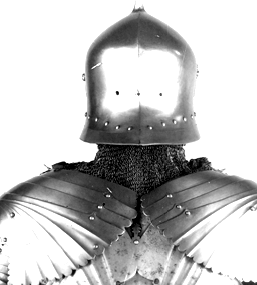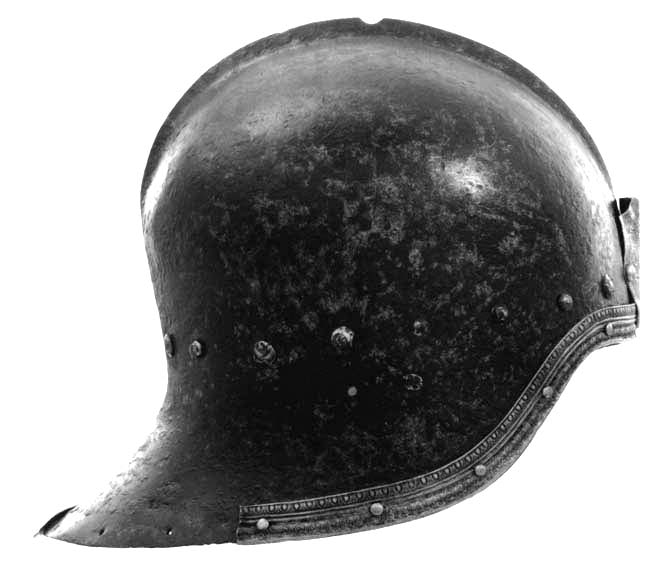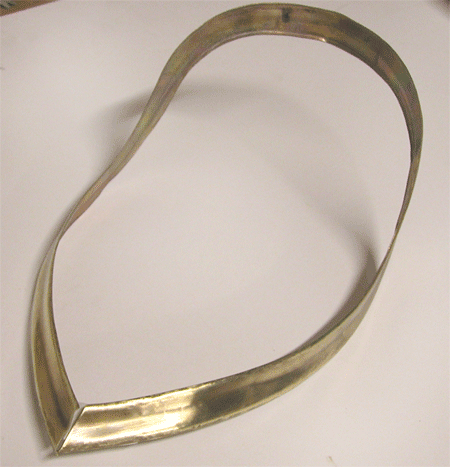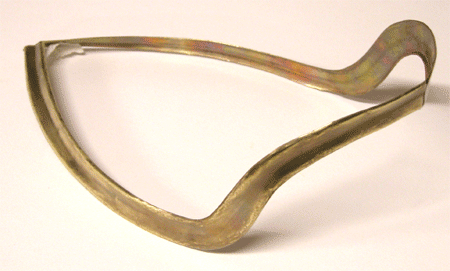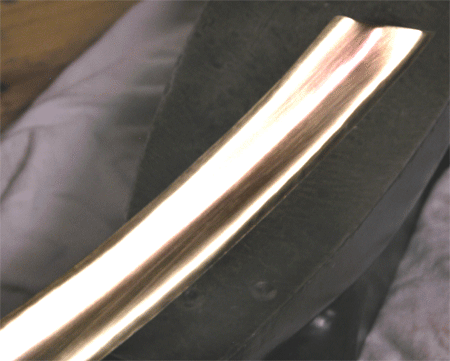In Gladius XXI, 2001, pp. 233-256, David Edge and Alan Williams wrote:
It was probably the dealer Pickert who was initially responsible for ‘improving’ the armour
that had been sold to him at Hohenaschau, and perhaps, therefore, it was he also who
commissioned the undoubted restorations (Mann, 1962: A21, 9-15), including the regrettable
addition of such features as the brass bands on certain of the pieces… nowadays viewed as a
deplorable case of ‘gilding the lily’.
The authors don't mention which lilies were gilded. Was the sallet among them? In the two full-figure color photos I've seen the lower edge of the sallet appears to have a very thin. broad applied brass or bronze edging.The form of the edging is just barely discernible in the b&w rear view of the dismounted harness (see below). Can anybody describe that edging or supply a photo? Is it decorated or plain?Chased? Stamped? One piece or two? Flush-riveted? It appears to broaden at the sallet's tail. Does anybody else see that?
I'm working on a brass edging for a Milanese sallet in the style of ca. 1490. I have as one example the famous Rhodes sallet in the RA-Leeds, but nothing else. It looks to me like A21's sallet has an edging at least as thin (22ga?) and broad (.75") as that one.
Thanks for any help you can offer!
